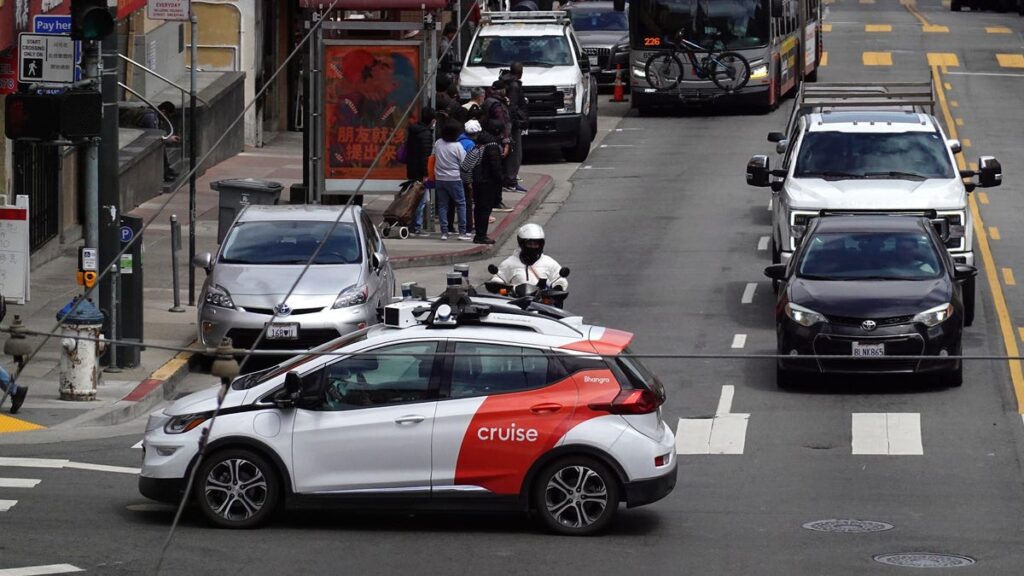Update To GM’s Cruise Robotaxis Will Try To Stop Them From Crashing Into Emergency Vehicles

General Motors’ Cruise robotaxi company says its fleet is now better equipped to deal with emergency vehicles after a number of – let’s say – incidents, including a crash involving a fire truck that left one customer injured. According to Bloomberg, the company has improved the autonomous vehicles’ ability to recognize different sirens, fire hoses, and caution tape. It also strengthened their advanced alert system to help them clear the way to first responders.
The 2024 Acura Integra Type S Transmission Will Make A Believer Out Of You
The outlet says that Cruise and Waymo – Alphabet’s robotaxi unit – were given permission in August of this year to expand the scope of their driverless problems in San Francisco. The honeymoon phase didn’t last long, because just a week later one of the Cruise Chevy Bolts drove directly into a fire truck. Meanwhile, other robotaxis have driven into wet cement, froze in traffic, and even killed someone’s dog.
After the oopsie with the firetruck, the California Department of Motor Vehicles actually cut Cruise’s permitted fleet in half to 50 during the day and 150 at night.
San Francisco’s city attorney has actually petitioned the state to suspend the expanded fare licenses for both Cruise and Waymo because of criticism from emergency responders that the robotaxis had been interfering with their work. That action is currently pending.
Here’s what Cruise is doing to up the safety of its cars when emergency vehicles are in the area, according to Bloomberg:
To make sure its vehicles don’t enter emergency response scenes, the company has programmed its cars to slow to 70% of the posted speed limit when they detect sirens, it said in a blog post about the improvements. The robotaxis are also now designed to predict if an emergency vehicle will drive through red lights, and at what speed that will happen.
When approaching intersections, Cruise’s system will identify additional early stopping locations if it detects either lights or sirens.
Cruise is also developing a means for its cars to recognize emergency scenes from greater distances and bypass double-parked vehicles. Emergency responders can enter the cars to move them manually from a scene if needed, the company said.
Cruise has spent the past several months working with firefighters and other law enforcement agencies to improve its driverless tech.
“These changes were the result of our process of continuous improvement to safety and reliability in our services,” Navideh Forghani, a spokesperson for Cruise, wrote to Bloomberg.



